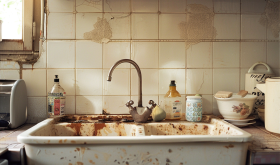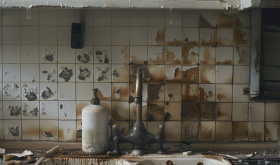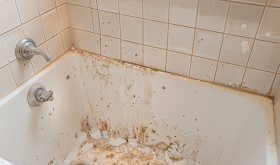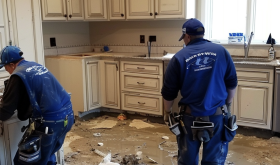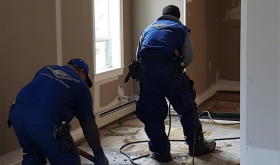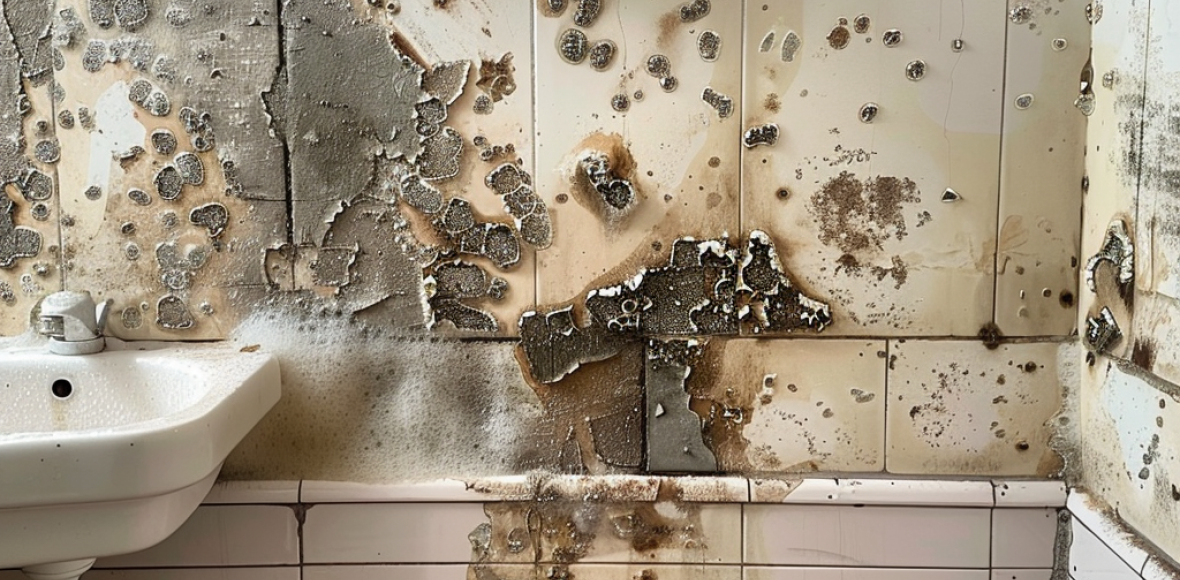
Discovering mold in your home or business can be a daunting and unsettling experience. Mold growth not only poses a threat to the structural integrity of your property but also presents serious health risks, particularly for those with respiratory issues or weakened immune systems. However, with the right approach and proven remediation techniques, you can fight back against this invader and restore a safe, healthy living or working environment.
Identify the Source
The first step in effective mold remediation is to identify the source of the moisture that is allowing the mold to thrive. Common culprits include leaks, flooding, condensation, or excessive humidity. Until the underlying moisture issue is resolved, the mold will continue to return, making your remediation efforts futile. Conduct a thorough inspection, including checking hidden areas like crawl spaces, attics, and behind walls, to pinpoint the root cause.
Assess the Extent
Once the moisture source has been identified and addressed, it’s crucial to assess the extent of the mold growth. Mold can often spread beyond visible areas, so a comprehensive assessment is necessary. Inspect not only visible surfaces but also hidden spaces, such as inside walls, ductwork, and HVAC systems. Determining the full scope of the mold infestation will guide the appropriate remediation strategy.
Containment and Safety Measures
Mold spores can easily become airborne and spread throughout your property, exacerbating the problem and posing health risks. To prevent this, proper containment and safety measures must be implemented. This may involve sealing off the affected area with plastic sheeting, using negative air pressure machines, and donning personal protective equipment (PPE) such as respirators, gloves, and protective clothing.
Removal and Disposal
Depending on the extent of the mold growth, it may be necessary to remove and dispose of contaminated materials. Porous materials like drywall, insulation, and carpets that have been heavily infested may need to be discarded and replaced. Non-porous surfaces such as wood or concrete can often be cleaned and salvaged using specialized techniques and antimicrobial solutions.
Cleaning and Disinfection
After removing contaminated materials, it’s essential to thoroughly clean and disinfect the affected area. This involves using HEPA vacuums, damp wiping surfaces with detergent solutions, and applying fungicidal disinfectants to eliminate any remaining mold spores and prevent future growth. Attention to detail is crucial, as any overlooked areas can allow the mold to regrow.
Drying and Dehumidification
Moisture control is a critical component of mold remediation. After cleaning and disinfecting, the affected area must be thoroughly dried and dehumidified. This may involve the use of specialized equipment such as air movers, dehumidifiers, and moisture meters to ensure that all surfaces and materials are completely dry, leaving no moisture for mold to thrive.
Verification and Clearance Testing
Before considering the remediation process complete, it’s essential to verify that the mold has been successfully eliminated. This may involve visual inspections, air sampling, and surface testing by a qualified mold professional. Clearance testing ensures that the mold levels have been brought back to acceptable levels and that the living or working environment is safe for occupancy.
Preventive Measures
Mold remediation is not a one-time event; it’s an ongoing process that requires diligence and maintenance. After the initial remediation, it’s crucial to implement measures to prevent future mold growth. This may involve addressing any remaining moisture issues, improving ventilation and humidity control, and conducting regular inspections to identify and address potential problems early on.
Professional Assistance
While some minor mold issues can be addressed by homeowners or building managers, severe or widespread mold infestations often require the expertise of professional mold remediation specialists. These professionals have the necessary training, equipment, and experience to ensure a safe and effective remediation process, minimizing health risks and potential property damage.
Mold invasion can be a daunting challenge, but with proven remediation techniques and a comprehensive approach, you can fight back and restore a safe, healthy environment. By identifying and addressing the moisture source, implementing proper containment and safety measures, thoroughly cleaning and drying the affected area, and implementing preventive measures, you can effectively eliminate the mold and protect the well-being of occupants.
Remember, prevention is key to avoiding future mold infestations. Stay vigilant, address any moisture issues promptly, and consider seeking professional assistance for severe or widespread mold problems. With the right strategies and a proactive approach, you can reclaim your space and breathe easy, knowing that the mold invasion has been successfully fought back.

